Excessive Heat Warning posted for the Twin Cities today.
Moderate Risk of severe thunderstorms over much of Minnesota by this evening/tonight.
87 F. high in the Twin Cities Sunday.
84 F. average high on July 20.
82 F. high on July 20, 2013.
July 20 in Minnesota Weather History. Source: MPX NWS:
2002:
Dew points reached 84 degrees at Madison, Morris, and Olivia. This ties
the all- time highest dew points seen by the State Climatology Office
for Minnesota.
1934: Temperature topped out at 113 at Milan.
Heat Spike - MCS Risk
"Wow,
I sure am enjoying this 100-degree heat index!" said no one, ever.
Today will be a test: jungle-like heat and humidity, followed by an
outbreak of potentially violent storms by tonight. Yes, something for
everyone. And a far cry from last Monday, when a swirl of Canadian air
had us reaching for sweatshirts and fiddling with our furnaces.
The
good news, this instant-on heat wave lasts 1 day. Highs in the mid-90s,
coupled with a drippy dew point rising into the upper 70s, will make it
feel like 100-105F by late afternoon. The urban heat island adds a few
more degrees, and there's now an Excessive Heat Warning for the
7-country metro area.
The atmosphere becomes explosively unstable
by late afternoon; a ripple of low pressure approaching from the Dakotas
sparks a possible MCS by evening: a meso-convective system, which is a
particularly intense, fast-moving squall line capable of 70-85 mph wind
gusts.
NOAA SPC has elevated the risk to "moderate" across much of
Minnesota. It may be tough getting much sleep tonight with all the
crashing & banging. I could see power outages, so have flashlights
& candles ready to go.
Relief arrives midweek as dew points drop into the 50s.
But today? Stay hydrated and keep an eye on the northwest sky.
* graphic above: Twin Cities National Weather Service.
 WRF: 10 PM Tonight
WRF: 10 PM Tonight.
NOAA's high-resolution, 4 km WRF model shows a possible MCS or derecho
pushing out of the Red River Valley into northern and central Minnesota
early tonight, the bow-echo appearance suggestive of strong, even
violent straight-line winds impacting the Brainerd and Alexandria lakes
area, as well as Little Falls, Duluth. and possibly St. Cloud and the
Twin Cities. The risk of wind damage appears greatest north of MSP. Map:
HAMweather.
MCS Potential.
NOAA's 4 km WRF model shows a possible meso-convective system flaring
up later today and tonight, pushing from the eastern Dakotas across
Minnesota with potentially violent wind gusts and frequent lightning
overnight. The strongest winds may pass just north of MSP, but it looks
like a close call. Future radar: NOAA and HAMweather.
Moderate Risk = Strong Chance of Violent T-storms. NOAA SPC
has much of Minnesota under a "moderate" threat of severe storms later
today and tonight, with the greatest risk coming from straight-line wind
gusts with a possible MCS or even a derecho. A 45% probability means a
nearly 50-50 chance of severe weather within 25 miles of any city in the
purple-shaded area, including St. Cloud, Brainerd and the Twin Cities.
 Flash Flood Risk
Flash Flood Risk.
NOAA WPC shows a slight chance of training T-storms with rainfall rates
high enough to spark potential flash flooding from near Fargo, Little
Falls and Brainerd to Duluth and the North Shore.
Excessive Heat Warning Twin Cities Metro - Heat Advisory for Greater Minnesota.
The urban heat island will add at least 4-6F worth of additional heat
later today, making it feel like 100-105. Here's an update from the Twin
Cities National Weather Service:
...DANGEROUSLY HOT AND HUMID CONDITIONS EXPECTED LATE MONDAY
MORNING THROUGH MONDAY EVENING...
AN EXCESSIVE HEAT WARNING IS IN EFFECT FOR THE TWIN CITIES
METROPOLITAN AREA...WITH A HEAT ADVISORY IN EFFECT ACROSS THE
REST OF CENTRAL AND SOUTHERN MINNESOTA AND FAR WESTERN
WISCONSIN...FROM LATE MONDAY MORNING THROUGH MONDAY EVENING. HIGH
TEMPERATURES ARE EXPECTED TO REACH THE LOWER 90S. THIS COMBINED
WITH OPPRESSIVE DEW POINTS IN THE MIDDLE TO UPPER 70S WILL RESULT
IN HEAT INDICES RANGING FROM 100 TO 110 DEGREES. THE WARMEST
CONDITIONS WILL BE FOUND IN THE MINNESOTA RIVER VALLEY.
...EXCESSIVE HEAT WARNING REMAINS IN EFFECT FROM 11 AM TO 9 PM
CDT MONDAY...
* TEMPERATURES...HIGHS IN THE LOWER 90S WITH HEAT INDICES AROUND
105 DEGREES.
* IMPACTS...GIVEN THE COOL SUMMER THUS FAR...THESE CONDITIONS MAY
LEAD TO A HEIGHTENED RISK OF HEAT RELATED STRESS AND
ILLNESS... ESPECIALLY FOR THE YOUNG AND ELDERLY...AND THOSE
WITHOUT AIR CONDITIONING.
More Big Swings in Temperature and Dew Point.
Long-range guidance shows dew points in the mid 70s later today, about
as sticky as it ever gets. I wouldn't be surprised to see an 80F dew
point somewhere between the Twin Cities, the Quad Cities and Madison by
this evening. Extreme low-level moisture and instability fuels strong to
severe storms tonight, followed by a puff of cooler, more comfortable
Canadian air by midweek. T-storms may form along a warm front Friday;
Saturday the more tolerable day of the weekend for outdoor plans. Not
sure I'm buying 60s and rain for next Sunday (yet) but you've been
warned.
A Super-Strong El NIno Is Now Off The Table. Here's What That Means. Meteorologist Eric Holthaus takes a look at the dwindling prospects for a major El NIno warming event in the Pacific at
Slate; here's an excerpt: "...
New data
released Thursday by the International Research Institute for Climate
and Society—a climate forecasting partnership between Columbia
University and NOAA—shows that while ocean temperatures in the tropical
Pacific are still above normal, the atmospheric response has so far been
sluggish. After an impressive ramp up earlier this year, that means the coming El Niño is increasingly likely to fall a bit flat..."
Northwest Wildfires: Situation Worsens With Five New "Large, Uncontained" Fires.
Oregon Live has an update; here's the introduction: "
A
dozen new wildfires have started in Oregon and six have started in
Washington over the past 24 hours -- covering more than 68,000 acres.
That adds to an already fierce wildfire season in the Northwest, with 25
large, uncontained fires, according to the Northwest Interagency Coordination Center. The number of fires classified as “large” has increased by five since yesterday..."
Photo credit above: "
Waterman Complex wildfire at Ochoco Pass." Credit: InciWeb.
Wildfire Risk Increasing Every Year. Canada is experiencing the same trends as the western USA; here's an excerpt from
News1130 in Vancouver: "
The
total area affected by wildfires in British Columbia has been on an
upward trend for years. While the numbers of hectares burned by
wildfires goes up and down by the season, the 10-year average has been
rising since 1991 according to government stats..."
File photo above: DNR.
Hopeful Signs for Hurricane Season.
The Sun-Sentinel
in Fort Lauderdale, Florida has an interesting article focused on
hurricane potential. The combination of Saharan dust, more wind shear
than usual and cooler ocean water temperatures may put a brake on
tropical formation in the coming weeks. Then again, all it takes is one.
Here's an excerpt: "
So far, it's looking good for Florida as the heart of the hurricane season approaches. Consider:
•
Abnormally strong bursts of Saharan dust are drifting over the Atlantic
— and may subdue the tropics like they did last year, experts say.
• The tropical Atlantic is cooler than normal for the moment, making it harder for storms to bulk up..."
Wedding Goes On Despite Wildfire Raging Nearby. A few weeks ago it was a tornado, now it's wildfires burning across the Pacific Northwest. Gannett's
NWCN.com has the story; here's a clip: "
Brides
often worry if it’s going to rain on their wedding day, but Jennifer
Faulkner never thought to worry about the power going out and a major
wildfire raging just outside her wedding venue.
“You have to roll with it, right? There’s no reason to waste your time turning into bridezilla,” she said with a chuckle..."
TODAY:
Excessive Heat warning, severe storms possible by evening. Winds: S 10-15. Dew point: 77. High: 93 (heat index: 100-105).
MONDAY NIGHT: Tropical humidity levels with T-storms, some severe (especially north of MSP). Low: 75
TUESDAY: Unsettled, isolated T-storm possible. Dew point: 71. High: 86
WEDNESDAY: Sunny, breathing easier. Dew point: 57. Wake-up: 64. High: 81
THURSDAY: Less sun, few storms south/west. Wake-up: 61. High: near 80
FRIDAY: Sticky, few more T-storms. Dew point: 66. Wake-up: 63. High: 80
SATURDAY: The nicer day of the weekend; T-storms up north. Wake-up: 67. High: 83
SUNDAY: Early sun, PM showers, T-showers. Wake-up: 63. High: 73
Climate Stories....
The Carbon Taxes We're Already Paying. Here's an excerpt of an Op-Ed at
The Los Angeles Times that caught my eye yesterday. We're already paying a tax, we just don't realize it yet. Here's a clip: "...
The
fact is that American taxpayers are paying for the costs of climate
change now. These costs don't hit us all at once but sporadically, in
different places and at different times. They don't feel like a carbon
tax, though they amount to one. Every time we use fossil fuels, we
increase our tax burden, a burden that unfolds like a sequence of trap
doors, just like climate change itself. The costs of recovering from
climate-change signposts like Superstorm Sandy, Hurricane Katrina and
major drought are well documented. What's less known are the costs — the
trap doors — that have normally been accounted for in some ledger other
than atmospheric chaos..."
Climate Change Broke Temperature Records in 2013.
Inquisitr.com has a good summary of the state of the scientific consensus around global trends; here's an excerpt: "
The
Inquisitr has reported on climate change many times in the past,
speculating about the long term effects of global warming. Rumors of its
damaging effects range from the extinction of redheads to the vulnerability of the military.
While it’s still uncertain what will happen to the planet in the long
run, few experts deny the existence of climate change or humanity’s
influence on it. Some are still skeptical, of course, but NASA reports
that 97 percent
of scientists agree on global warming and cites a long list of
scientific organizations that support the theory of climate change.."
Former Treasury Secretary Paulson Calls Climate Change "Biggest Risk of Our Time".
Paulson explains that it's not just an environmental risk, but an
ongoing and accelerating business risk. Here's an excerpt of some recent
comments in an interview at
Oregon Live: "...
If
you include this into your business decision-making framework, there
will be important investments you make which increase our resilience and
ability to adapt to the changes that are coming. There will be
important decisions you make geared toward replacing old technologies
with newer, cleaner, more efficient technologies. Investors, in my
judgment, really need to insist on getting full disclosures and really
need to understand the risks on certain investments. They need to
understand the associated carbon emissions. They need to understand
risks around stranded assets..." (File photo: NASA).
Guest Opinion: If You Eat You Care About Climate Change. Here's a clip of an Op-Ed from a farmer in Utah at Provo's
Daily Herald: "...
You
don’t have to be a climate change expert to understand severe weather.
Why should you care? It’s pretty simple. If you drink milk or eat beef,
you depend on alfalfa growers like me, because cows and cattle eat what
we grow. We have been getting hit hard, and I think it is important for
people in other parts of the country to understand how. Most of us here
in the West are struggling through the worst drought in a century. It’s
hotter, too. When crops are hit with extreme heat, they don’t grow as
fast..."
Commentary: A Local Climate Change Laboratory.
The author of this Op-Ed talks about the challenges facing Texas, from
drought and sea level rise; not enough water - too much water (where
it's not wanted). Here are a few excerpts at
The Indiana Gazette that made my head spin: "...
Numbers
indicate the competing interests: Due to the current drought, the U.S.
Department of Agriculture has designated 240 of Texas’ 254 counties as
“primary natural disaster areas.” And the Texas Commission on
Environmental Quality reports that at least 48 cities are within 180
days of water exhaustion...And while fracking in the Eagle Ford shale
has been an enormous boon to the economy of south Texas, it requires
enormous amounts of water, somewhere between 2 million and 8 million
gallons per well..." (File photo: Earthworks).
Well-Estimated Global Warming by Climate Models.
Here's another report that confirms the much-advertised "warming pause"
is a myth; it's critical to include the influences of ENSO on global
trends, the El Nino - La Nina oscillation in the Pacific. Here's an
excerpt from
Shaping Tomorrow's World: "
Has
global warming “stopped”? Do models “over-predict” warming? There has
been much recent talk in the media about those two questions. The answer
to the first question is a fairly clear “no.” Global warming continues
unabated. To illustrate, for the coverage-bias-corrected data published
by Cowtan and Way
last year, the temperature trend for the last 15 years up to and
including 2013 is significant—in the same way that the trend was
significant for the last 15 years in 2000 and in 1990. So from any of
those vantage points, the Earth has warmed significantly during the
preceding 15 years..."
An Anglosphere Climate Skeptic Bias?
The chart above highlights the ongoing climate denial campaign in the
USA, Britain and Australia. The Chinese have little doubt about what's
going on, which I find breathtakingly ironic, since they are now
admitting the majority of global greenhouse gases. Graphic source:
Global Trends Survey.
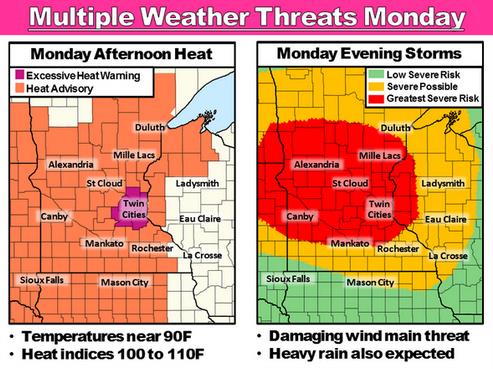
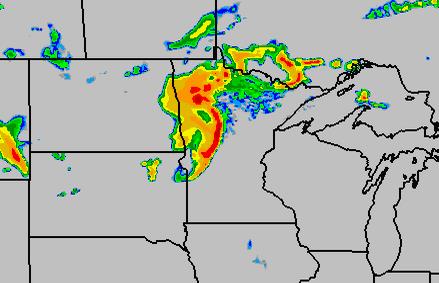



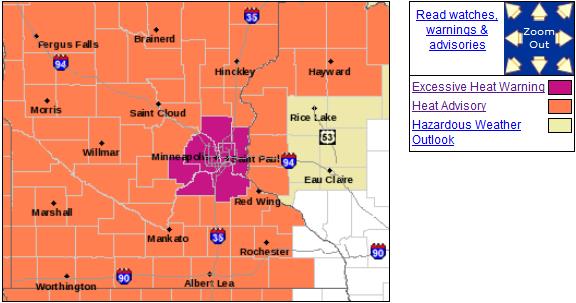

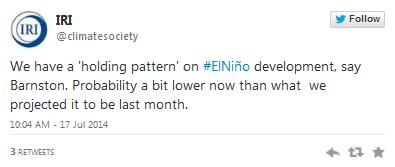
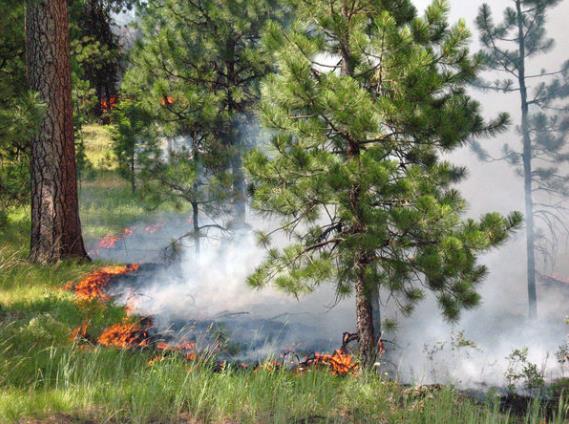

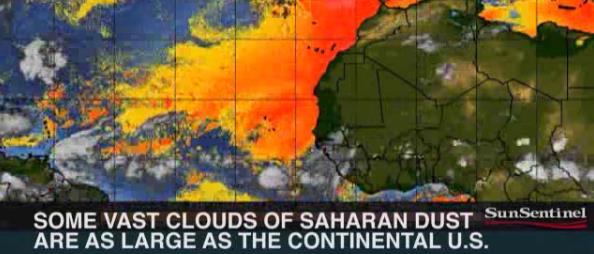

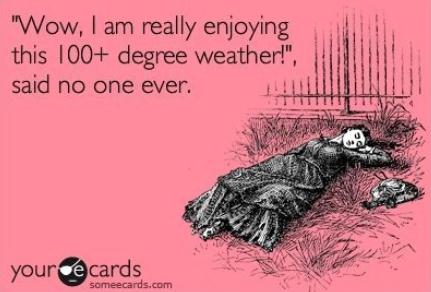







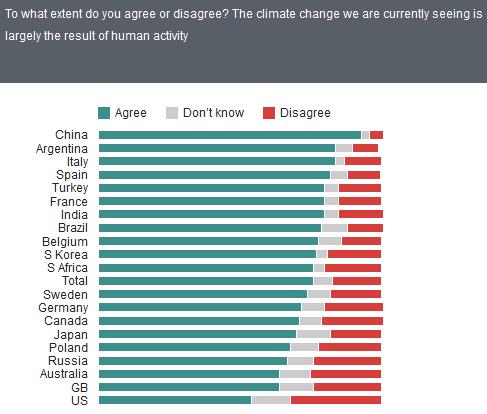
No comments:
Post a Comment